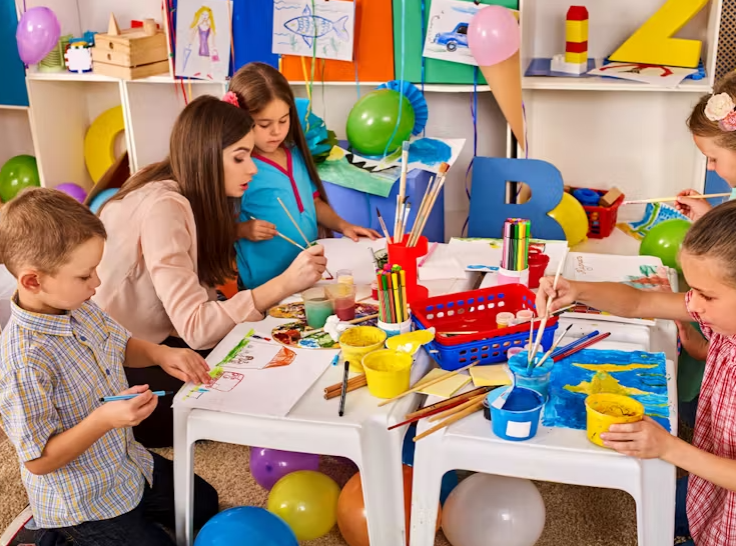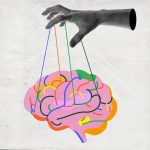Play is often dismissed as something children simply do for fun and entertainment. However, research shows that play is also crucial for a child’s cognitive, physical, social, and emotional development. By incorporating play into educational settings, teachers can create engaging, multisensory learning experiences that allow students to actively explore, experiment, and discover.
The Benefits of Play-Based Learning
Play-based learning is an approach that integrates games, physical movement, hands-on activities, and imaginative play into the curriculum. This method has numerous benefits for young learners:
- Cognitive Development: Through play, children develop problem-solving skills, creativity, and critical thinking abilities. They learn to make connections, test hypotheses, and find solutions through trial and error.
- Physical Development: Active play promotes gross and fine motor skills, coordination, and overall physical fitness. It also helps children understand spatial awareness and body control.
- Social and Emotional Development: Cooperative play teaches children how to communicate, negotiate, share, and resolve conflicts. It fosters empathy, self-regulation, and confidence.
- Engagement and Motivation: Play-based learning is inherently enjoyable and intrinsically motivating for children. When learning feels like fun, students are more likely to stay engaged and retain information.
Creating a Play-Based Learning Environment
To effectively implement play-based learning, educators should design classroom spaces that encourage exploration, creativity, and collaboration.

Here are some tips for creating a play-based learning environment:
Designate Play Areas
Set up distinct areas within the classroom for different types of play, such as a reading nook, a building/construction zone, a dramatic play area, and a sensory table. These designated spaces help children focus and engage in specific activities.
Incorporate Open-Ended Materials
Provide a variety of open-ended materials that can be used in multiple ways, such as blocks, art supplies, fabrics, and loose parts (e.g., buttons, shells, pinecones). Products like Hape’s Wooden Toys are perfect for this purpose. Hape offers high-quality, sustainable toys that foster creativity, motor skills, and social interaction. From classic wooden blocks to modern STEM toys, their range of products promotes cognitive development while ensuring safety and environmental responsibility.
Promote Collaboration
Include collaborative spaces and materials that encourage teamwork and social interaction. For example, set up a large building area with enough materials for multiple children to work together on projects.
Bring Nature Inside
Incorporate natural elements into the classroom, such as plants, rocks, shells, and wood pieces. These materials can be used for sensory exploration, sorting, and counting activities, as well as for inspiring imaginative play.
Encourage Movement
Create opportunities for physical activity and movement within the classroom. This could include a designated space for dancing, yoga, or obstacle courses, or simply allowing children to move freely between play areas.
Integrating Play into the Curriculum
While play-based learning may seem unstructured, it can be intentionally integrated into the curriculum to support specific learning objectives. Teachers can facilitate play experiences that reinforce concepts in literacy, numeracy, science, and other subject areas. For example, a dramatic play area themed around a grocery store can introduce math concepts like counting, sorting, and money. A sensory table filled with sand and water can be used for exploring scientific concepts like volume, density, and states of matter.
Sustainable Play Options
For educators and parents looking for a cost-effective, environmentally friendly way to provide children with a wide range of play experiences, Happy Baton offers a solution. By subscribing to Happy Baton, families can borrow toy boxes and play equipment on a monthly basis, ensuring that children always have access to new, age-appropriate toys. This supports learning through play while promoting smarter, greener play options for families.
By observing children during play, teachers can identify their interests, strengths, and areas for growth, and then tailor learning experiences accordingly. This student-centred approach fosters a love of learning and helps children develop essential skills for success in school and beyond.
Creating play-based learning environments is a powerful way to engage students, promote development across multiple domains, and cultivate a lifelong love of learning. By embracing the power of play, educators can transform classrooms into dynamic, multisensory spaces where children can explore, create, and thrive.









